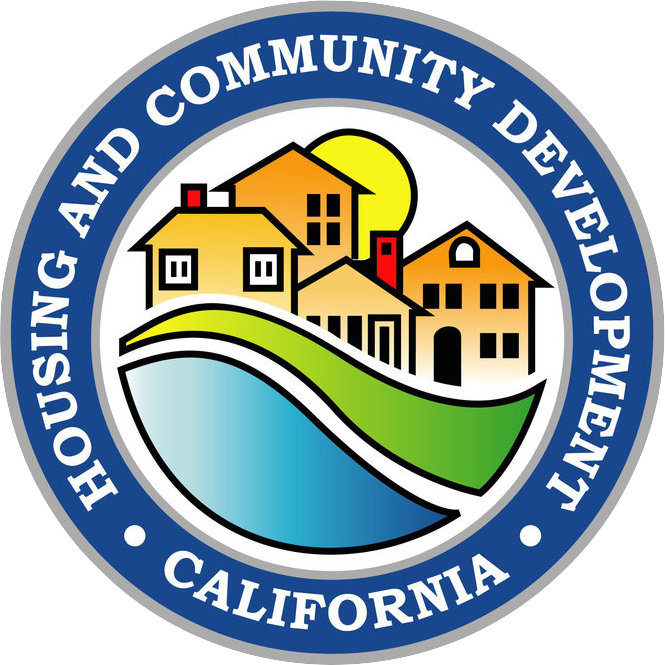On this page, local jurisdictions will find information about the local ordinances, amendments, and reports required to be submitted to HCD.
All reports, ordinances, and amendments identified below can be electronically submitted using the Local Ordinance, Amendment, and Report Portal. See Information Bulletin 2023-03 (PDF) for more information.

Local Ordinance, Amendment, and Report Portal
An account will need to be created before documents can be submitted in the Local Ordinance, Amendment, and Report Portal.
Access PortalReports, local ordinances, and amendments are required to be submitted to HCD pursuant to Government Code section 8698.4, and Health and Safety Code sections 17958.2, 17959, 13869.7, 19165, and 17974.5. For more information about the statutory filing requirements for local government, please reference Information Bulletin 2016-03 (PDF).
Government Code section 8698
Health and Safety Code section 17958.2
Health and Safety Code section 17959
Health and Safety Code section 13869.7
Health and Safety Code section 17974.5
Health and Safety Code section 19165

